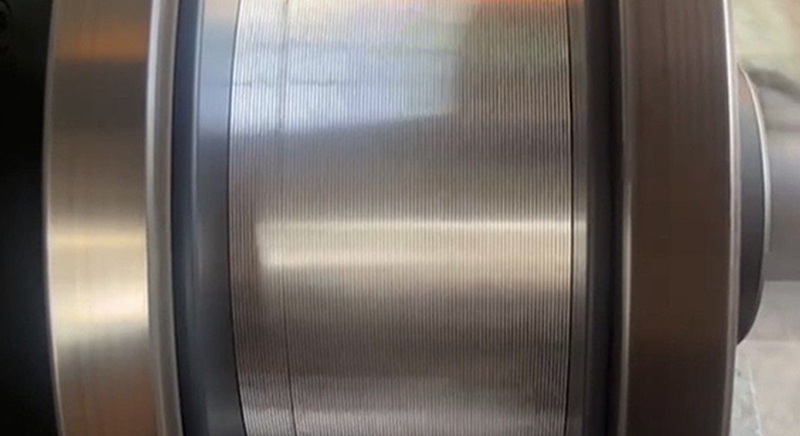How to Choose the Best Aluminum Welding Wire: Types, Uses, and Key Differences

Aluminum welding wire plays a crucial role in various industries, including automotive, aerospace, construction, and marine applications. It serves as the primary consumable in aluminum welding processes, ensuring strong, durable, and corrosion-resistant welds. For professionals and hobbyists who need to weld aluminum components, selecting the right welding wire is essential to achieving high-quality results. This article explores the applications of aluminum welding wire, compares different types, and provides guidance on choosing the most suitable option for specific welding needs.
Applications of Aluminum Welding Wire
Aluminum welding wire is used across multiple industries due to aluminum’s lightweight, corrosion-resistant, and high-strength properties. Some of its key applications include:
Automotive Industry – Used in manufacturing and repairing aluminum vehicle frames, body panels, and engine components.
Aerospace Industry – Essential for welding aircraft components, ensuring lightweight and high-strength structures.
Marine Industry – Applied in boat building and repairs, providing excellent corrosion resistance against saltwater environments.
Construction Industry – Utilized in structural frameworks, facades, and bridges requiring strong yet lightweight materials.
Manufacturing and Fabrication – Used in aluminum piping, storage tanks, and pressure vessels where high-strength welds are necessary.
Types of Aluminum Welding Wire: Comparison and Contrast
There are various types of aluminum welding wires, each designed for specific applications and welding conditions. The most commonly used aluminum welding wires include:
1. ER4045
Composition: Primarily aluminum with silicon and magnesium.
Properties: Offers excellent corrosion resistance and moderate strength.
Best for: General-purpose welding, automotive parts, and structural applications.
Pros: Good crack resistance, high fluidity, and easy weldability.
Cons: Not as strong as some other aluminum welding wires.
2. ER4043
Composition: 5% silicon alloyed aluminum.
Properties: Provides excellent corrosion resistance, low shrinkage, and high fluidity.
Best for: Welding cast aluminum, automotive components, and structural applications.
Pros: Reduces hot cracking, smooth weld bead appearance, and excellent flow characteristics.
Cons: Lower strength compared to ER5356.
3. ER5356
Composition: Contains magnesium (approximately 5%).
Properties: High tensile strength and good corrosion resistance.
Best for: Marine structures, bicycle frames, and aerospace components.
Pros: Stronger than ER4043, excellent corrosion resistance in marine environments.
Cons: Prone to stress corrosion cracking in high-temperature applications.
4. ER5183
Composition: High magnesium content (4.3-5.2%).
Properties: Designed for superior strength and toughness.
Best for: Marine applications, truck trailers, and military-grade structures.
Pros: Excellent corrosion resistance, superior mechanical properties.
Cons: More expensive than other aluminum welding wires.
5. ER1100
Composition: Almost pure aluminum (99%).
Properties: Soft, excellent corrosion resistance but low strength.
Best for: Food processing equipment, chemical tanks, and decorative applications.
Pros: Excellent electrical conductivity, highly corrosion-resistant.
Cons: Limited mechanical strength, not suitable for high-load structures.
Choosing the Right Aluminum Welding Wire
When selecting aluminum welding wire, several factors must be considered:
Base Metal Composition – Match the welding wire with the aluminum alloy of the base metal for compatibility.
Strength Requirements – If high tensile strength is needed, ER5356 or ER5183 is recommended.
Corrosion Resistance – For marine environments, ER5356 or ER5183 provides excellent resistance.
Weldability and Flowability – ER4043 offers smooth welding with minimal cracking.
Cost Considerations – Higher performance wires like ER5183 are costlier but provide superior strength and durability.
Aluminum welding wire is an essential material for various industries, ensuring durable and high-quality welds in different applications. Understanding the differences between ER4045, ER4043, ER5356, ER5183, and ER1100 allows welders to select the right wire for their specific needs. Whether prioritizing strength, corrosion resistance, or weldability, choosing the appropriate aluminum welding wire ensures efficient and reliable welding performance. By considering application requirements and material properties, professionals can achieve optimal welding results for any aluminum structure or component.